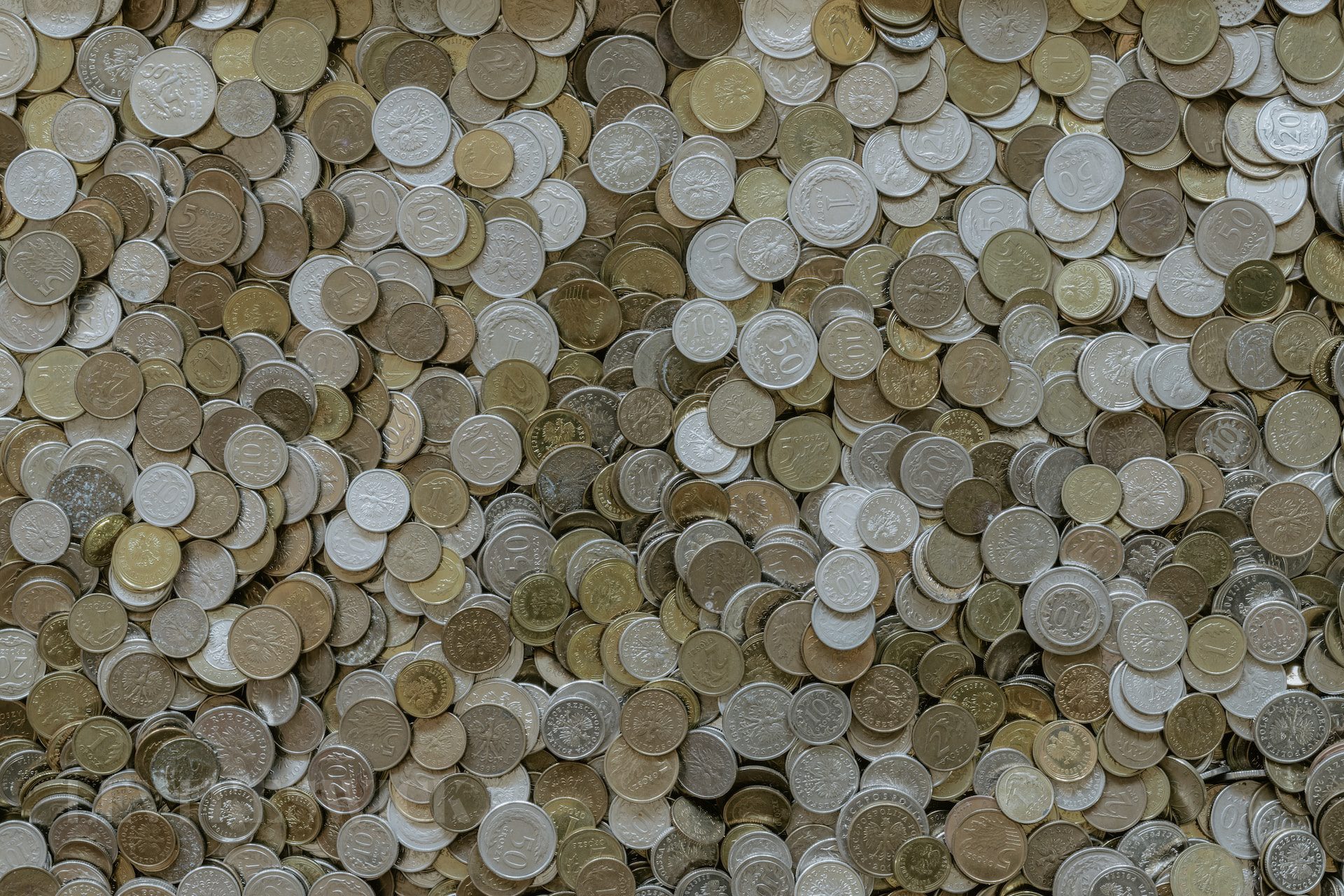Key takeaways:
- Overused dies led to weak strikes and low luster in 1901 Liberty Head nickels
- The bottom of the wreath on the reverse is the primary area of weakness
- Well-struck pieces with strong depth and details command higher premiums
- Luster plays a significant role in determining the value of a coin
The Allure of the Liberty Head Nickel
The Liberty Head nickel, designed by Charles Barber and produced from 1883 to 1912, has always been a popular choice among coin collectors. Although not as famous as the Buffalo nickel, this series offers a wide variety of dates that can be acquired on a relatively modest budget. The Liberty Head nickel features an obverse bust of Lady Liberty wearing a cornet inscribed with “LIBERTY,” surrounded by thirteen small stars, and a reverse design with a Roman numeral “V” encircled by a wreath.
1901 Liberty Head Nickel: A Year of High Production
The turn of the century saw a surge in coin production due to an increase in population and economic activity. The 1901 Liberty Head nickel was no exception, with the Philadelphia Mint producing a staggering 26,478,000 examples. Composed of 75% copper and 25% nickel, these coins have a diameter of 21.21 millimeters and a weight of 5.0 grams.
The Impact of Overused Dies on Coin Quality
One significant issue that arose during the production of the 1901 Liberty Head nickel was the overuse of dies. Dies are essential for striking coins, and they need to be replaced after a certain number of coins have been produced to maintain quality. However, due to various reasons, dies were sometimes not replaced promptly, leading to the creation of millions of coins with weak details and luster.
The primary area of weakness in the 1901 Liberty Head nickel lies at the bottom of the wreath on the reverse. The edges are rounded instead of sharp, and small details are not clearly visible. Coins struck with well-used dies exhibit a lack of depth and luster, which significantly affects their eye appeal and value.
The Value of Well-Struck 1901 Liberty Head Nickels
Considering the prevalence of weak strikes among 1901 Liberty Head nickels, coins with better-defined strikes and more details are highly sought after by collectors. Luster, a key factor in a coin’s eye appeal, also plays a crucial role in determining its value.
Coins in Good 4 and Very Good 8 condition are priced at $2, while Fine 12 examples fetch $5. Very Fine 20 coins command $13, and Extremely Fine specimens are worth $31. Uncirculated coins in MS-60 condition are valued at $85, with MS-63 examples reaching $155. Scarce MS-65 coins can command as much as $525.
The highest-graded 1901 Liberty Head nickels in MS-67 condition, of which only two are known to have been graded by NGC, are currently valued at $13,500, with some selling for over $28,000 at auction.
The story of the 1901 Liberty Head nickel and its overused dies serves as a reminder of the importance of die maintenance in coin production. The weak strikes and low luster that resulted from the worn dies make well-struck examples with strong details and luster all the more valuable and sought after by collectors.








